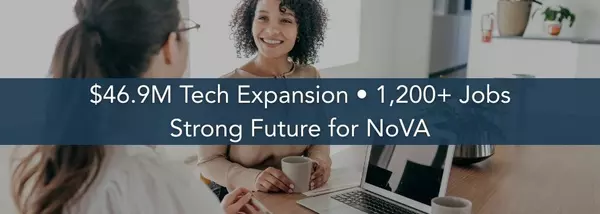Why Summer 2025 Was the First Buyer’s Market in Over a Decade

If you were paying attention to real estate headlines this summer, you might’ve sensed something unusual: for the first time in many years, the scales appear to have tipped in favor of buyers. After long seasons of intense bidding wars and soaring home prices, Summer 2025 stands out as a turning moment. What made it different? Let’s unpack the forces at play — the rising inventory, the psychology shift among sellers and buyers, and where things may head next.
A Snapshot: The Deepest Buyer’s Market Since 2013
- According to Redfin’s analysis, in August 2025 there were 35% more sellers than buyers, roughly 500,000 more listings than active purchasers. [Source: Redfin]
- Redfin defines a market as a buyer’s market when there are over 10% more sellers than buyers — this summer exceeded that threshold by a wide margin. [Source: Redfin]
- The number of prospective buyers was near historical lows (around 1.44 million, seasonally adjusted). [Source: Redfin]
- Homes have been selling at the slowest summer pace in a decade. [Source: Redfin]
What Went “Wrong” (for Sellers) — and Right (for Buyers)
1. Inventory Finally Broke Out
For years, buyers complained about too few homes to choose from. That scarcity helped sellers command premium pricing. But in 2025, inventory began to climb meaningfully.
- Homes for sale rose nearly 10% year over year by August. [Source: Redfin]
- Builders ramped up listings and introduced aggressive incentives. [Source: Homes for Heroes]
- Existing-home inventory saw gains: June 2025 inventory was up ~15.9% YoY per NAR. [Source: NAR / Homes for Heroes]
- Months-of-supply hovered closer to “balanced” territory (4–5 months). [Source: Homes for Heroes]
2. Seller Expectations Lagged — and Some Sellers Withdrew
Even as the market shifted, many sellers remained anchored to the “peak-era” mindset. But when homes lingered unsold, some opted to delist rather than reduce pricing.
3. Buyer Hesitation Gave Way to Selective Action
Buyers had been sidelined due to high mortgage rates and uncertainty. But in summer 2025, dynamics shifted:
- Mortgage rates eased to ~6.26% for 30-year fixed loans. [Source: Redfin]
- Inventory growth made deals more attractive with concessions and price cuts.
- Mortgage applications and refinancing activity ticked upward. [Source: Business Insider]
4. Price Growth Slowed (and in Some Places Reversed)
In many markets, demand softness forced downward adjustments:
- Annual home price gains were modest (often <2%).
- Some metro areas saw annual declines (esp. Sun Belt).
- Homes sat on market longer; median days increased. [Source: Redfin]
Why Was 2025 Different (vs. Past Attempts)?
- Rate-lock effect lessened – more sellers listing despite higher replacement rates.
- Cumulative inventory momentum – unsold homes built into broader supply surge.
- Psychology shift – buyers gained confidence, sellers grew cautious.
- Regional variation – overheated markets corrected harder.
- Macro conditions – speculation of Fed easing encouraged earlier buying.
What This Means — For Buyers and Sellers
For Buyers
- More negotiating room — sellers open to concessions.
- Greater choice — more time to compare listings.
- Financing prep matters — pre-approval is leverage.
- No universal bargains — prime locations still resilient.
For Sellers
- Recalibrate expectations — don’t price off peak comps.
- Timing matters — waiting can be risky.
- Staging & condition matter more with more competition.
- Be flexible in negotiation to stand out.
FAQs
Looking Ahead: Is the Buyer’s Market Here to Stay?
Nobody has a crystal ball, but several paths are possible: stabilization into a balanced market, deeper discounts if economic headwinds intensify, or regional divergence with some resilient hubs. What’s clear: Summer 2025 was a pivot point, and buyers and sellers who adapt quickly will be best positioned.
1. Does “buyer’s market” mean prices will drop everywhere?
No — it means supply outpaces demand, giving buyers leverage. Some areas may see flat or modest growth, others slight declines.
2. If I’m a seller, is it better to wait until inventory tightens again?
Possibly, but risky. Market sentiment could weaken further. Many sellers prefer to capture demand now rather than gamble on timing.
3. As a buyer, how aggressive should my offer be?
Be strategic, not reckless. Strong financing, clean contingencies, and reasonable negotiation matter more than squeezing every dollar.
Recent Posts










Let's Connect

